| [1]Munk L, Ersen G, Moller AM. Post-anaesthetic emergence delirium in adults: incidence, predictors and consequences. Acta Anaesthesiol Scand. 2016;60(8): 1059-1066.[2]Marseglia L, D'Angelo G, Manti S, et al. Analgesic, anxiolytic and anaesthetic effects of melatonin: new potential uses in pediatrics. Int J Mol Sci. 2015;16(1):1209-1220.[3]Hansen MV, Andersen LT, Madsen MT, et al. Effect of melatonin on depressive symptoms and anxiety in patients undergoing breast cancer surgery: a randomized, double-blind, placebo-controlled trial. Breast Cancer Res Treat. 2014;145(3):683-695. [4]Hansen MV, Halladin NL, Rosenberg J, et al. Melatonin for pre- and postoperative anxiety in adults. Cochrane Database Syst Rev. 2015; 4(4):CD009861.[5]De Rooij SE, van Munster BC. Melatonin deficiency hypothesis in delirium: a synthesis of current evidence. Rejuvenation Res. 2013; 16(4):273-278.[6]Ciesielska N, Soko?owski R, Mazur E, et al. Is the Montreal Cognitive Assessment (MoCA) test better suited than the Mini-Mental State Examination (MMSE) in mild cognitive impairment (MCI) detection among people aged over 60? Meta-analysis. Psychiatria Polska. 2016;50(5):1039-1052.[7]Winter A, Steurer M, Dullenkopf A. Postoperative delirium assessed by post anesthesia care unit staff utilizing the Nursing Delirium Screening Scale: a prospective observational study of 1000 patients in a single Swiss institution. BMC Anesthesiol. 2015;15:184.[8]Gaudreau JD, Gagnon P, Harel F, et al. Fast, systematic, and continuous delirium assessment in hospitalized patients: the nursing delirium screening scale. J Pain Symptom Manage. 2005;29(4):368-375.[9]Deoleveira TD,Tatsch DM,Levandovski RM,et al.The concept of the immune-pineal axistested in patients undergoing an abdominal hysterectomy. Neuroimmunomodulation. 2013; 20(4):205-212.[10]Kärkelä J, Vakkuri O, Kaukinen S, et al. The influence of anaesthesia and surgery on the circadian rhythm of melatonin. Acta Anaesthesiologica Scandinavica. 2010; 46(1):30-36.[11]Simons SS, Beijers R, Cillessen AH, et al. Development of the cortisol circadian rhythm in the light of stress early in life. Psychoneuroendocrinology. 2015; 62(1):292-300.[12]Ramachandran N, Smyth N, Thorn L, et al. Relationship between post-awakening salivary cortisol and melatonin secretion in healthy participants. Stress. 2016;19(2):260-263.[13]Gögenur I, Ocak U, Altunpinar O, et al. Disturbances in melatonin, cortisol and core body temperature rhythms after major surgery. World J Surg. 2007;31(2):290-298.[14]Aller MA, Arias JI, Prieto I, et al. Surgical inflammatory stress: the embryo takes hold of the reins again. Theor Biol Med Model. 2013;10:6.[15]Zhang M, Wang T, Chen HM, et al. Serum levels of interleukin-1 beta, interleukin-6 and melatonin over summer and winter in kidney deficiency syndrome in Bizheng rats. Chin Med Sci J. 2014; 29(2):107-111.[16]Hill-Venning C, Belelli D, Peters JA, et al. Subunit-dependent interaction of the general anaesthetic etomidate with the gamma-aminobutyric acid type A receptor. Br J Pharmacol. 2010;120(5):749-756.[17]Wang F, Li J, Wu C, et al. The GABA(A) receptor mediates the hypnotic activity of melatonin in rats. Pharmacol Biochem Behav. 2003;74(3):573-578.[18]Dispersyn G, Pain L, Touitou Y. Propofol anesthesia significantly alters plasma blood levels of melatonin in rats. Anesthesiology. 2010;112(2):333-337.[19]Mowafi HA, Ismail SA. Melatonin improves tourniquet tolerance and enhances postoperative analgesia in patients receiving intravenous regional anesthesia. Anesthesia Analgesia. 2008;107(4):1422-1426.[20]Ranjit S, Pradhan BB. Ultrasound guided femoral nerve block to provide analgesia for positioning patients with femur fracture before subarachnoid block: comparison with intravenous fentanyl. Kathmandu Univ Med J. 2016;14(54): 125-129.[21]Shigeta H, Yasui A, Nimura Y, et al. Postoperative delirium and melatonin levels in elderly patients. Am J Surg. 2001; 182(5):449-454.[22]Yon JH, Carter LB, Reiter RJ, et al. Melatonin reduces the severity of anesthesia-induced apoptotic neurodegeneration in the developing rat brain. Neurobiol Dis. 2006;21(3): 522-530.[23]Rashiq S, Vandermeer B, Abou-Setta AM, et al. Efficacy of supplemental peripheral nerve blockade for hip fracture surgery: multiple treatment comparison. Can J Anaesth. 2013; 60(3):230-243.[24]Perras B, Kurowski V, Dodt C. Nocturnal melatonin concentration is correlated with illness severity in patients with septic disease. Int Care Med. 2006;32(4):624-625.[25]Steiner LA. Postoperative delirium. Part 1: pathophysiology and risk factors. Eur J Anaesthesiol. 2011;28(9):628-636.[26]Hardland R. Melatonin in aging and disease -multiple consequences of reduced secretion, options and limits of treatment. Aging Dis. 2012;3(2):194-225. |
.jpg)
.jpg)
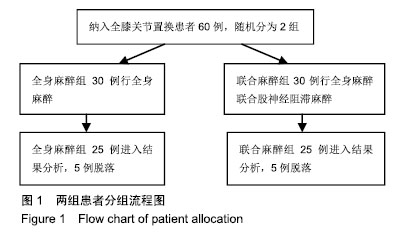
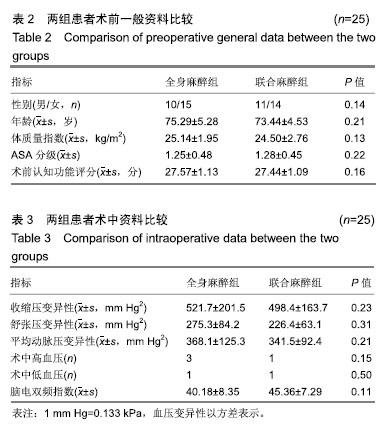
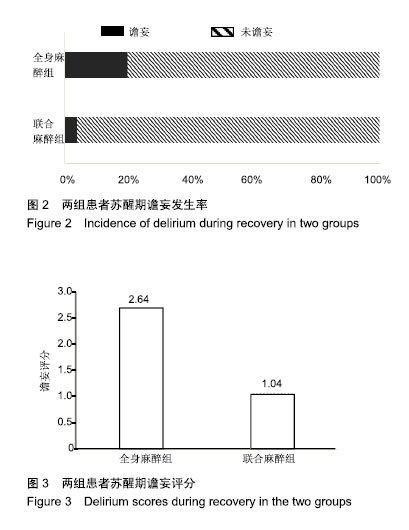
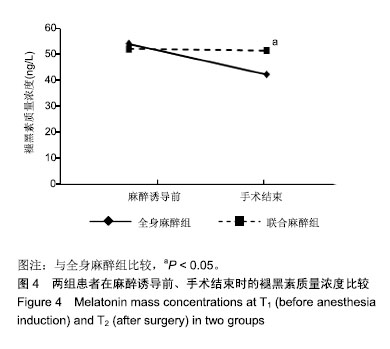
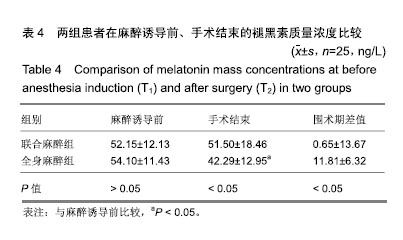
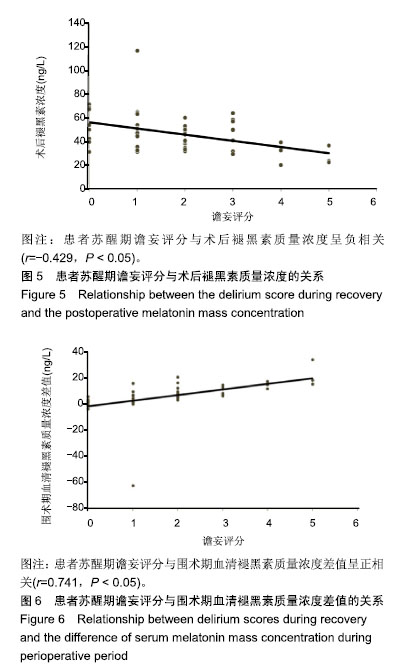
.jpg)
.jpg)